.jpg)
Rallying for the courtesan
Sufi-Kathak exponent Manjari Chaturvedi explains why the tawaif culture needs to be given due credit.
This weekend, Sufi-Kathak exponent Manjari Chaturvedi will perform and conduct a convention titled Tehzeeb-e-Tawaif: Courtesan Culture and Women
Performers in India at the Royal Opera House. “The purpose is to honour and give the respect to tawaifs and courtesans,” she says.
The 40-year-old danseuse’s mandate to promote their culture began almost a decade ago. It was an evening of 2009 in Lucknow. Chaturdevi performed at
the Nazo – An Ode To A Courtesan concert. She danced on dadras, thumris and ghazal sung by Zarina Begum live on stage. “It was a memorable concert.
Zarinaji wasn’t exactly a courtesan because post-independence all the tawaifs had disappeared. She was something between a mirasin (singer) and a
tawaif. She sung old-style compositions,” Chaturvedi reminisces. This concert planted the seeds for her ongoing work, ‘The Courtesan Project’, and she
actively started researching about the lives of courtesans seven years ago.
In her two-decade-old career, Chaturvedi knew the hardships most artistes have to face — from medical issues to old age and financial troubles.
“Unfortunately, there’s no government support. So, I set up the Sufi Kathak Foundation 10 years ago. And through this foundation we started providing
pensions and medical support to elderly artistes,” she says.
Nearly six years ago, a heartfelt letter from Zarina Begum requesting for pension reached her office. Zarina Begum was paralysed waist-down and needed
medical help. The pension was sanctioned immediately. During one of her Lucknow trips in 2013, she paid a visit to the veteran artiste, who was the last
singer of the Awadh Court. She was horrified to see a legend like Zarina Begum living in such penury. “That moment is still fresh in my mind. She said,
‘Ek baar Benarasi saree pehen kar gaana hai’ (I want to wear a Benarasi saree and sing),” shares the Delhi-based artiste. A rather moved Chaturvedi
returned to the capital city and immediately started approaching sponsors to organise a concert for Zarina Begum. But it wasn’t as easy as she thought.
“One of the potential sponsors even commented ‘Ab hum tawaifo ko honour kare?’ (Now we must honour tawaifs?). That’s when it struck me that the
yesteryear singers and performers still have to live with this stigma. I was sitting across people who were ready to sponsor my events because I am born in
this era, I am well-educated and I can speak English, but Zarinaji was just a gaanewali for them,” she shrugs.
But Chaturvedi’s efforts paid off in May 2014, when The Last Song Of Awadh was performed at the Indira Gandhi National Centre for the Arts in Delhi.
It was a symposium to initiate a discussion around the traditions and heritage of the performing art represented by Zarina Begum. Apart from a panel
discussion, the event also saw the screening of Saba Dewan’s documentary The Other Song, which narrates the story of Zarina Begum and her work. It
was Zarina Begum’s last concert on stage, who passed away in May last year.
The event further strengthened Chaturdevi’s will to continue her research, “and since then all my concerts have the word ‘courtesan’ or ‘tawaif’ attached
to them,” she smiles. This decision of hers raised quite a few eyebrows, and some even warned her that she might now be referred to as a ‘mujrewali’. But
that did not dissuade her. “Why are we stereotyping them? Just because they sing and dance? Aren’t our contemporary film stars doing the same?” she
asks.
During her research, Chaturdevi also came across several uncomfortable facts — one being, how the male performers during 16th to 20th centuries were
referred to as ‘ustads’, but their female counterparts were called ‘nachnewaalis’ and ‘gaanewalis’. “How can art be judged based on gender?” says
Chaturvedi matter-of-factly. “The problem lies with us. For years, our mistake has been that whatever narrative has been depicted in Bollywood, we have
considered it as the truth. Bollywood has presented its own interpretation, and they are right in doing so because they are using it to entertain you. But we
cannot put the onus on them to show us the correct historical representation.”
The project had her travel to various cities — Delhi-NCR, Lucknow, Chandigarh, Kolkata and Hyderabad — for her research. Since the courtesan culture
hasn’t been documented enough, Chaturdevi had to largely depend on randomly chanced upon documents in various public libraries, meeting the
descendants of royal families and the last of the musicians belonging to that era, looking for local legends, browsing British gazette papers, and books
such as Bajanaama: Study of Early Indian Gramophone Records by Amar Nath Sharma and Pran Nevile’s The Nautch Girls of India. Apart from being the
5/7/2019 Manjari Chaturvedi: Rallying for the courtesan
https://mumbaimirror.indiatimes.com/others/leisure/rallying-for-the-courtesan/articleshowprint/68973286.cms?prtpage=1 2/2
highest tax payers during the British era, Chaturvedi learnt, “in 1961, the tawaifs of Delhi had got together and did a conference in Delhi to put across the
point that they are performers and not prostitutes. These women had strong entrepreneurial acumen. In 1940, Jaddanbai [actor Sanjay Dutt’s maternal
grandmother], for instance, had her own production house called Sangeet Films. She was such a visionary and not just an actor.”


.jpeg)

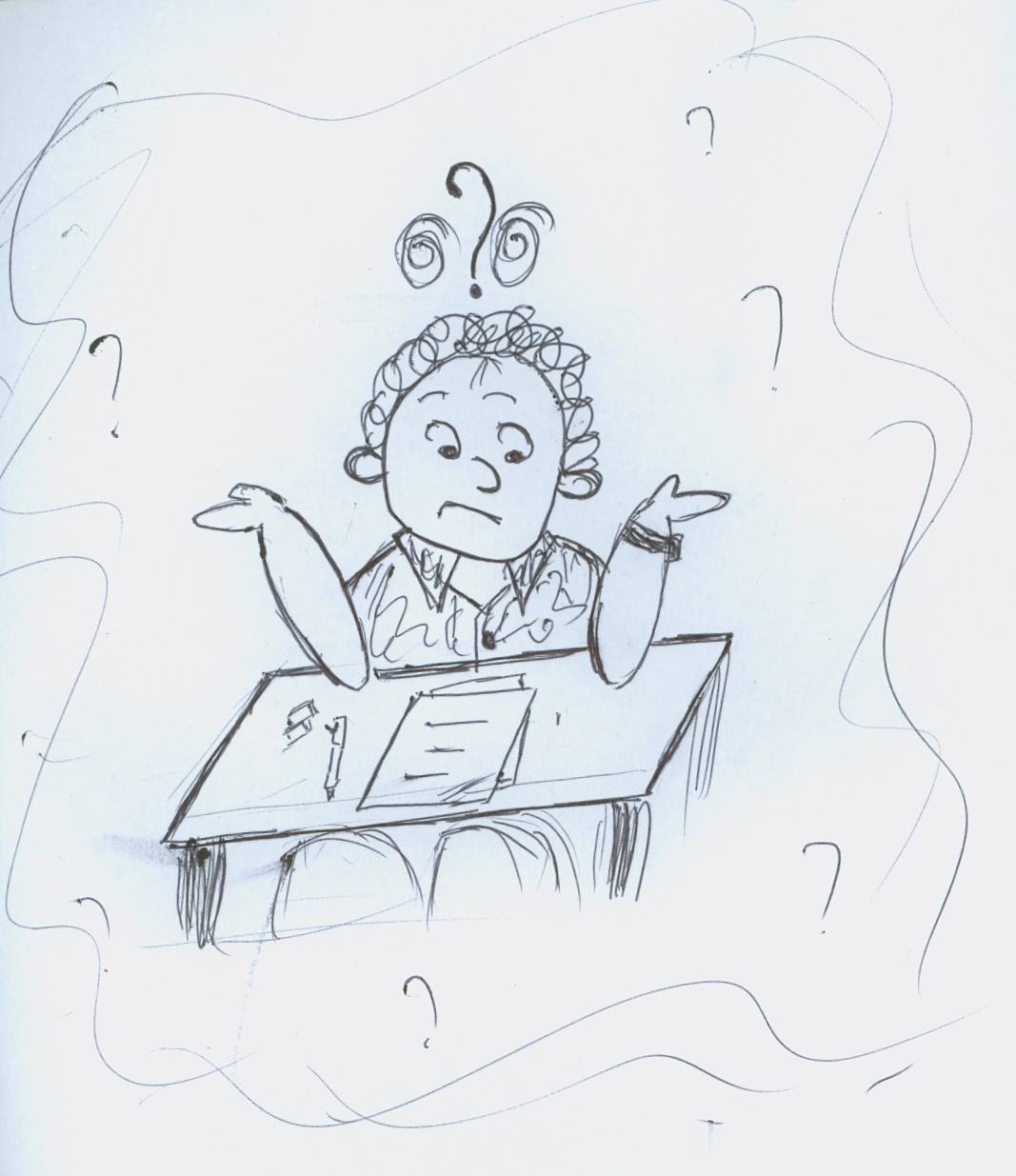


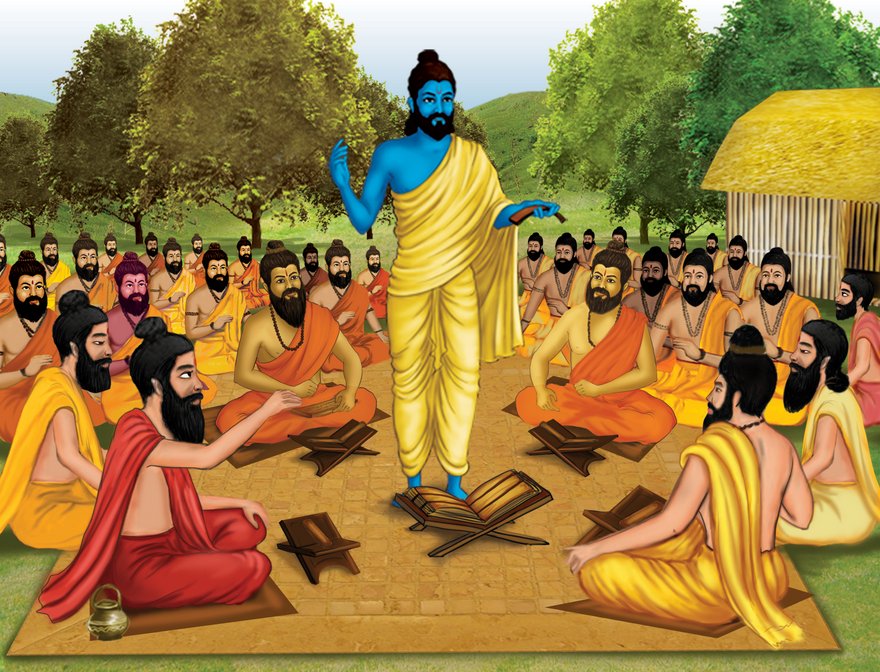






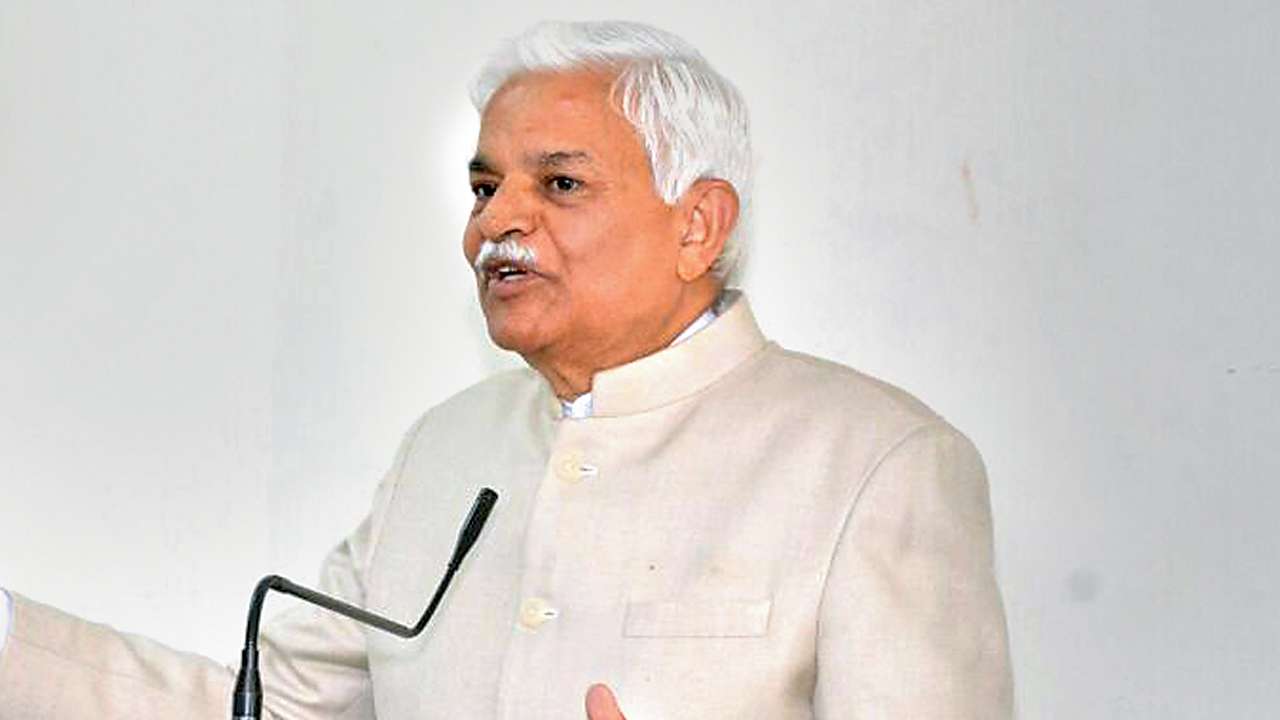



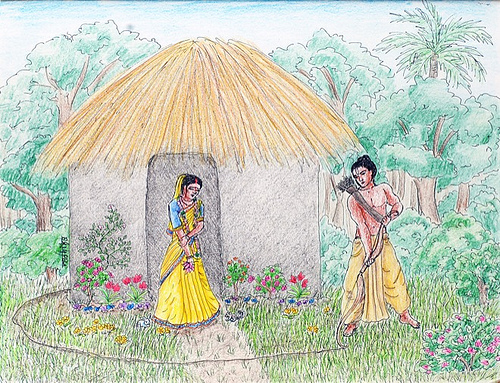

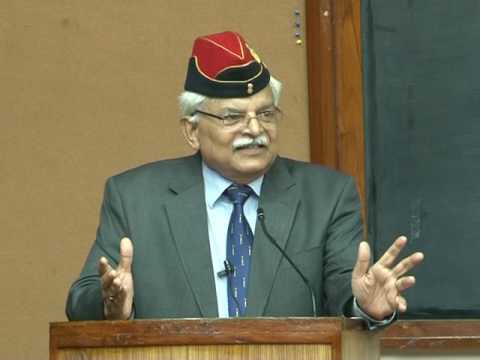
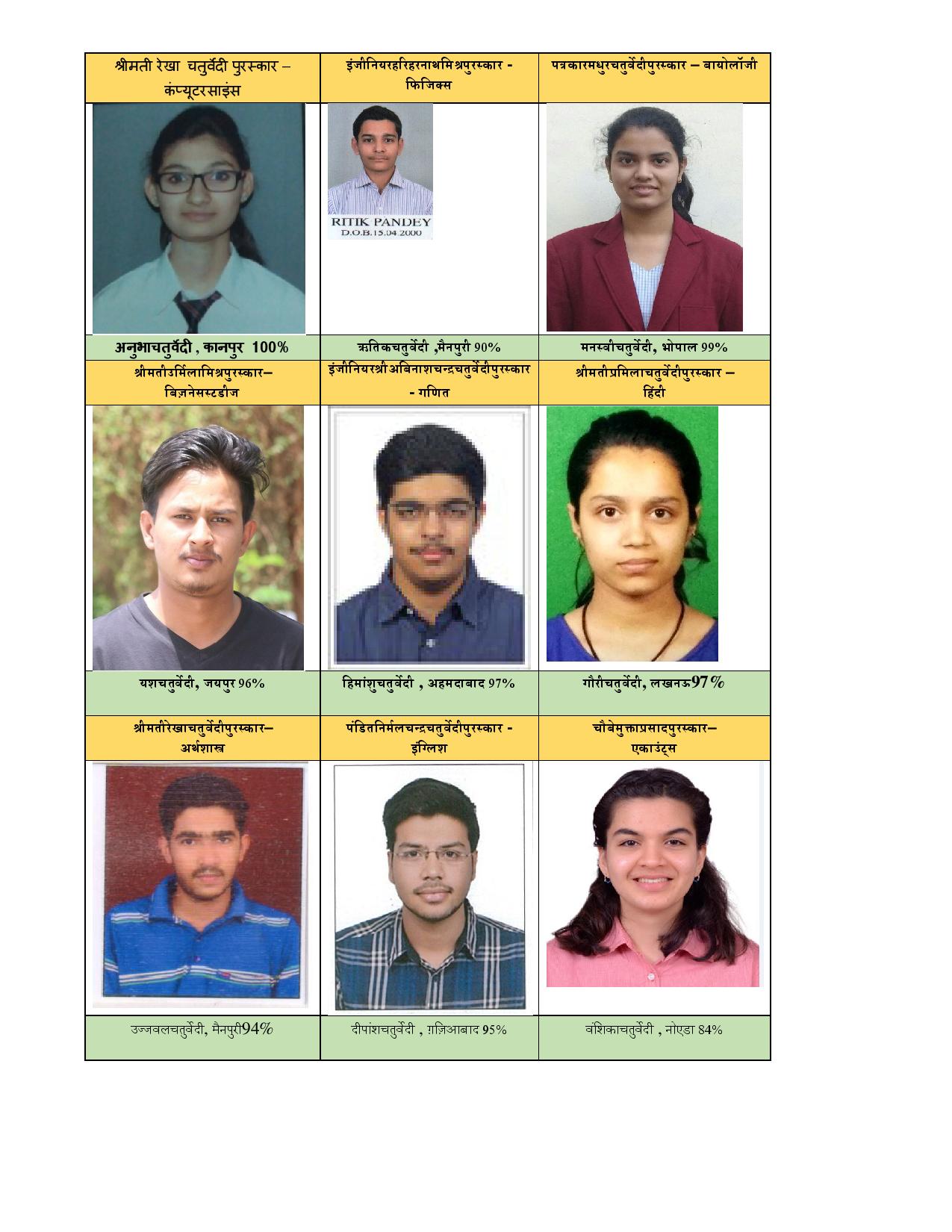
Feed from WhatsApp